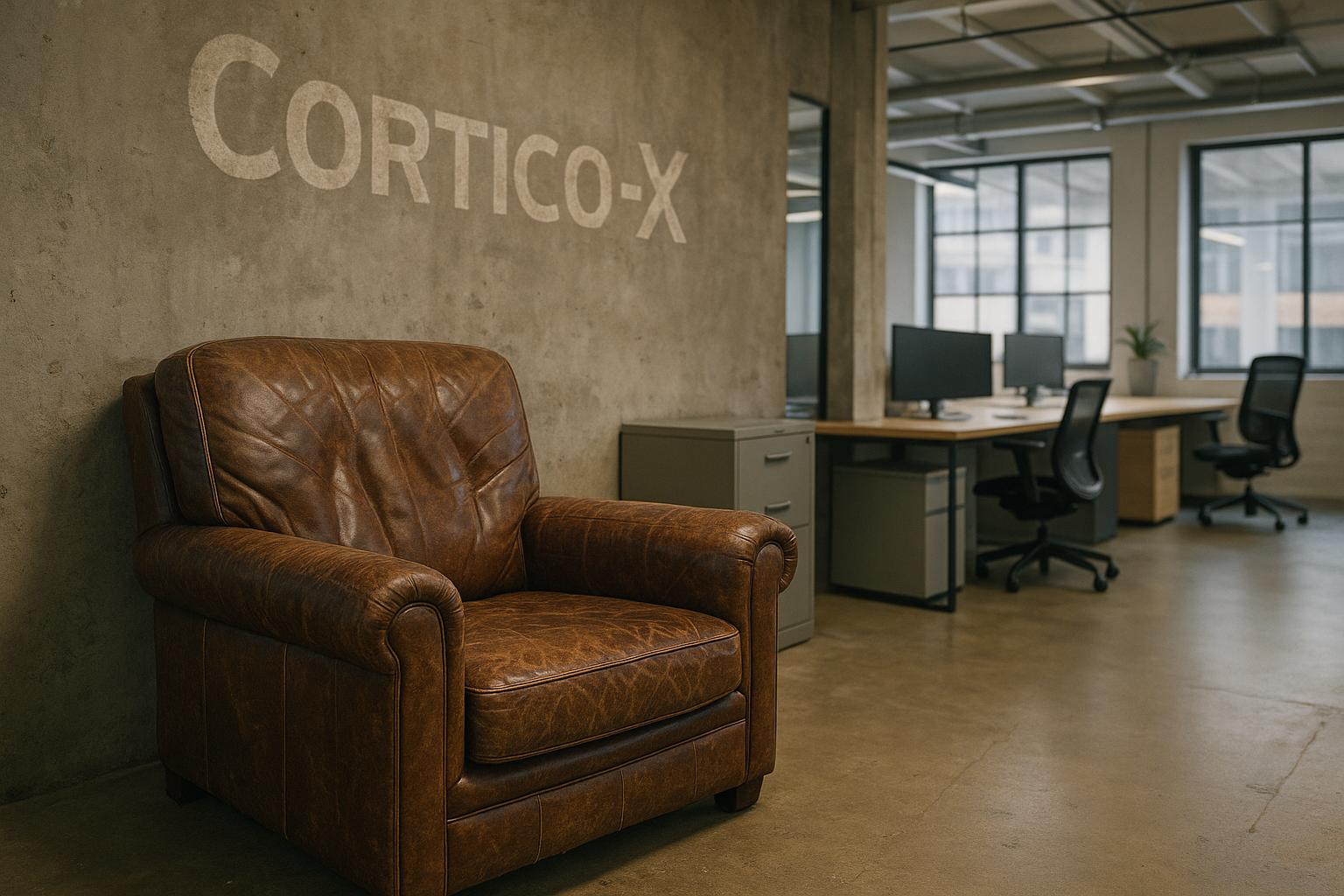Entrepreneurs and founders often face a pivotal decision when contemplating how best to scale their businesses: whether to pursue organic growth or to accelerate expansion through partnerships, mergers, or acquisitions. Sujay Saha, Founder of Cortico-X, a boutique strategy consulting firm, recently shared insights grounded in his firm’s strategic merger with The DRG, a well-established marketing insights and analytics company. This merger, announced in August 2025, exemplifies how complementary capabilities, aligned values, and shared industry focus can catalyse rapid business growth while preserving core identity.
The partnership between Cortico-X and The DRG is rooted in substantial synergy. Whereas The DRG brings over 50 years of expertise in research, operational excellence, and transforming customer, brand, and employee insights into actionable outcomes, Cortico-X contributes bold strategy, transformation consulting, and design acumen, typically aimed at shaping organisational direction alongside C-level executives. Together, they close a persistent gap between customer feedback, organisational knowledge, and leadership action, particularly within healthcare and financial services—markets both organisations have prioritised. This integration underpins their promise to clients: seamless solutions that move from insight to impactful action in ways neither firm could achieve independently. The DRG continues as a division of Cortico-X, maintaining its name, team, and reputation in delivering high-quality, insight-driven results.
A major concern with mergers and acquisitions (M&A) is the potential erosion of culture and original company values. Saha emphasises that the cultural alignment between Cortico-X and The DRG was a decisive factor. Both companies embrace a human-centric ethos—Cortico-X’s "X-Factors" include principles such as ‘Win as one’ and ‘Draw strength from empathy,' which closely mirror The DRG’s longstanding cultural values. This shared purpose, focused on driving human-centricity in organisations and society, has guided a deliberate and methodical integration process. With an experienced leadership team in place, including The DRG’s former CEO Lanie Johnson appointed as Cortico-X’s COO, the combined entity moves swiftly toward a higher tier of business maturity, signalling confidence to clients, employees, and investors alike.
For founders considering whether to pursue inorganic growth via mergers or partnerships, Saha highlights that organic growth, while valuable, often lacks the velocity needed in today’s fast-evolving markets. Strategic M&A can significantly accelerate growth when it complements existing skills and expands capabilities, particularly if it is approached methodically. The Cortico-X and DRG merger illustrates such value-driven, accelerated expansion—boosting capabilities, broadening service offerings, and creating enhanced opportunities for employee growth and impact.
When evaluating potential partners or acquisition targets, Saha advises vigilance for three key green flags: well-aligned financial and operational fundamentals paired with a clear deal rationale; complementary capabilities that seamlessly integrate service offerings; and a committed leadership team eager to engage long-term, demonstrating cultural compatibility that diminishes execution risks. Conversely, the absence of cultural compatibility stands out as the biggest red flag, underscoring the importance of structured cultural assessments alongside instinctive judgments.
Industry-wide, these insights resonate with broader findings from consulting experts such as McKinsey. Their research highlights that companies engaging in frequent M&A—averaging over five deals annually—demonstrate double the growth rate of those with more selective strategies. Success in these endeavours depends on diverse M&A goals founded on clear strategic visions, robust governance over portfolios of start-ups or new ventures, aligned incentives tied to key performance indicators, retention of entrepreneurial drive and culture from acquired entities, and access to incumbent resources to fuel expansion. This framework supports the notion that M&A, when done with precision and respect for existing cultures, can be a powerful accelerator of growth.
Founders often hesitate to share control or blend cultures due to the inherent challenges of change and integration. However, Saha’s experience emphasises the necessity of embracing strategic transactions for rapid capability scaling and market capture. Adequate resources must be allocated to integration efforts to ensure success. Crucially, he underscores the importance of early and genuine leadership alignment across merging organisations to reduce apprehensions and smooth execution. Cortico-X and DRG’s rapid closure of their deal within four months and immediate market wins post-merger stand as testament to this approach.
Ultimately, this experience offers a leadership lesson for founders reflecting on growth: prioritising early alignment of leadership teams is not merely a transactional step but foundational to building trust, understanding, and unified vision. This leadership coherence transforms the daunting prospects of merging companies into a manageable, promising journey toward sustainable and accelerated growth.
📌 Reference Map:
- Paragraph 1 – [1], [2]
- Paragraph 2 – [1], [2]
- Paragraph 3 – [1]
- Paragraph 4 – [1], [2]
- Paragraph 5 – [1], [3], [4], [5], [6], [7]
- Paragraph 6 – [1], [3], [4], [5], [6], [7]
- Paragraph 7 – [1]
Source: Noah Wire Services
